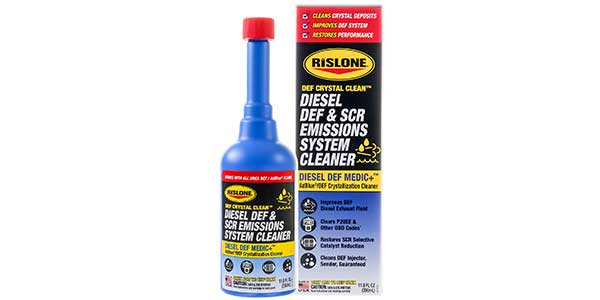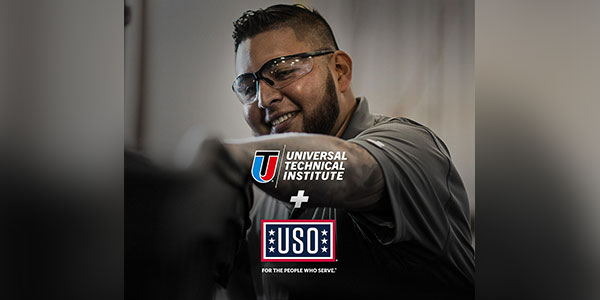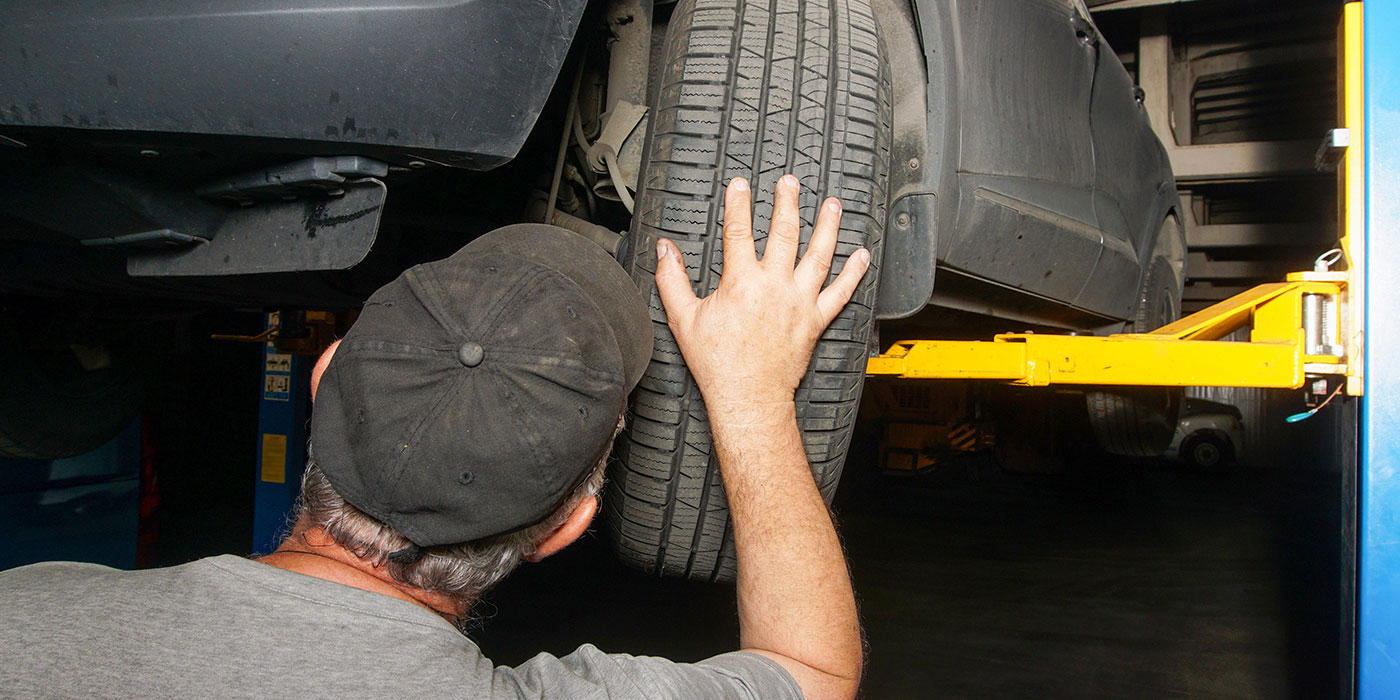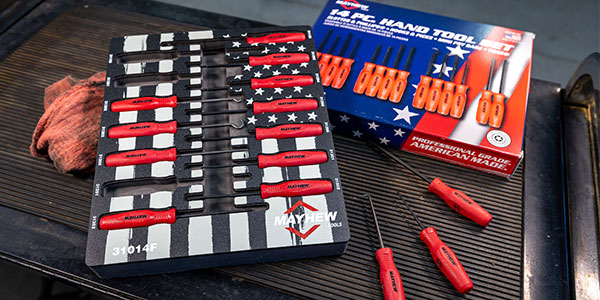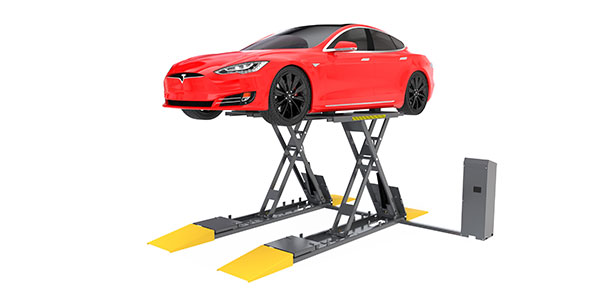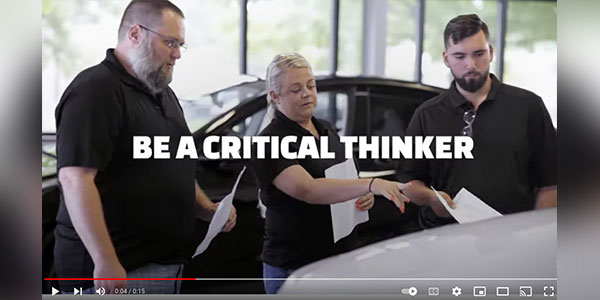If you answered “yes” then congratulations for a job well done.
If you answered “no” then ask yourself “why not?”
Chances are you don’t have an expense problem but most likely you do have a sales problem.” — Don Reed, CEO DealerPRO Training
How Do You Identify Your “Sales Problems?”
A sales problem translates to a lack of additional gross profit, which results in lower net profits. To begin with, let’s identify these problems as opportunities for improvement since that is exactly what they are.
In order to do so you might want to know what the “Performance Guides” are for the most successful dealers in our industry.
Performance Item Guidelines
| # of repair orders written per day per service advisor | 12 |
| Total shop productivity | 120% |
| # of service bays per technician | 1 |
| Customer pay labor gross profit margin | 75% |
| Customer pay parts gross profit margin | 45% |
| Shop supplies expense | -0- |
| Number of technicians per service advisor | 4 |
| Customer pay hours per repair order | 3.0 |
| Effective labor rate as a % of the retail door rate | 90% |
| One item repair orders as a % of total CPROS | 15% |
| Operating profit as a % of gross profit-service | 20% |
| Operating profit as a % of gross profit-parts | 30% |
Now, do the math, calculate your numbers and then place them alongside mine. At a glance you can see your opportunities for improvement. By the way, if you happen to be a service director, service manager or parts manager you should know the answers to the first 10 guides, respectively, without having to go to your computer because these are all guides that you should be measuring on a daily basis.
If you are a dealer or general manager and you don’t expect your department managers to provide you this information daily then now we have identified problem No. 1. If you did not meet or exceed all 12 of the Performance Guides then what can you do to improve? The answer lies in a quote from one of the most famous golfers of all time:
“If you fail to get the proper kind of instruction, no matter how much you practice, you’re only going to get better at making yourself worse.” — Bobby Jones
In other words training can turn your performance problems into profit opportunities. Let’s look at these guides and discuss their importance since some of you reading this article are already convinced that I am nuts!
A service advisor should write about 12 repair orders per day (customer pay, warranty and internal). Most of your advisors are probably writing more like 20 or more repair orders per day, which is why they are most likely averaging around 1.5 HPRO (service writer). Get “outside the box” for a moment and make a list of all the responsibilities that your writers have and determine how much time it takes in a given day to fulfill those responsibilities.
Here is a sample list for you to use.
| Schedule appointments | Bathroom breaks |
| Walk around presentation | Lunch |
| Prepare the R.O. | Road tests |
| Dispatch the R.O. | Upsells |
| Answer the phone | Special order parts |
| Prepare estimates | Sublet repairs |
| Status calls to customer | Meetings with manager |
| Review results with techs | Call “no shows” |
| Active delivery | Selling the estimate |
| Explain the 3 C’s | Prepare for tomorrow |
| Rental cars | Carryovers |
| Close repair orders | HEAT customers |
| Code warranty claims | Extended service contract authorizations |
Service Advisors or Service Writers?
You may add to or delete from this list based on your own processes. Your advisor should be spending about 15 minutes per customer to meet and greet, conduct a walk around, present a maintenance menu, advise on a maintenance inspection, prepare the repair order and have the customer sign it. At 20 repair orders this process alone takes about five hours, which leaves about three to five hours in the day to complete everything else including lunch.
If you calculate all of the above based on 20 repair orders per day you will find the total time needed is about 15 hours, which of course does not work, which means something does not get done, which means your service writer has no time to advise his customers, which is exactly the reason why they are not advisors.
Do the math honestly and you will find that 12 repair orders per day is the number that will enable your writers to become advisors and increase their sales per RO while providing your customers with a much higher level of service. This will, of course, increase CSI and owner retention as well, plus your shop productivity will go up.
What Should You Do?
By now you might have concluded that in order for your advisors to write only 12 repair orders per day you will have to hire another advisor or two. Your first reaction might be that this is an added expense that you can’t afford. My response is “you can’t afford not to.” Besides, if you have all of your advisors on a performance-based pay plan, the only costs you will incur are fringe benefits, just like technicians.
You must understand that service advisors are “productive personnel” not “administrative.” In other words, they do not cost you any more than an automobile salesperson if they are compensated on their individual sales performance.
To increase your sales per repair order you must give your advisors the time they need to “advise.” You must ensure that they are professionally trained on how to provide every one of your customers the highest level of service that they possibly can every time they visit your dealership.
Once you get this accomplished, then you need to focus on bringing more customers into your service department, which we will discuss in detail next time.
“The entrepreneur always searches for change, responds to it and exploits it as an opportunity.” — Peter F. Drucker




